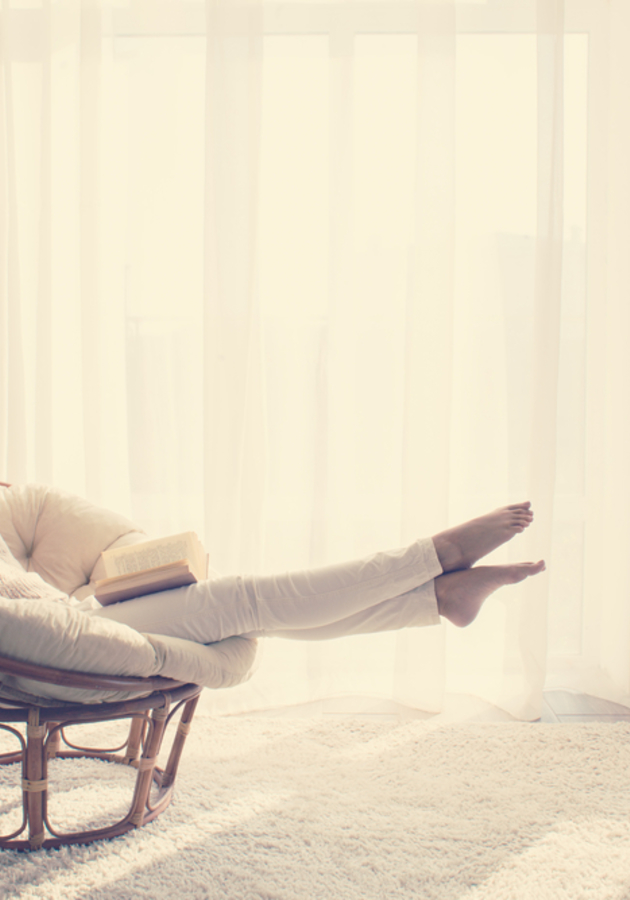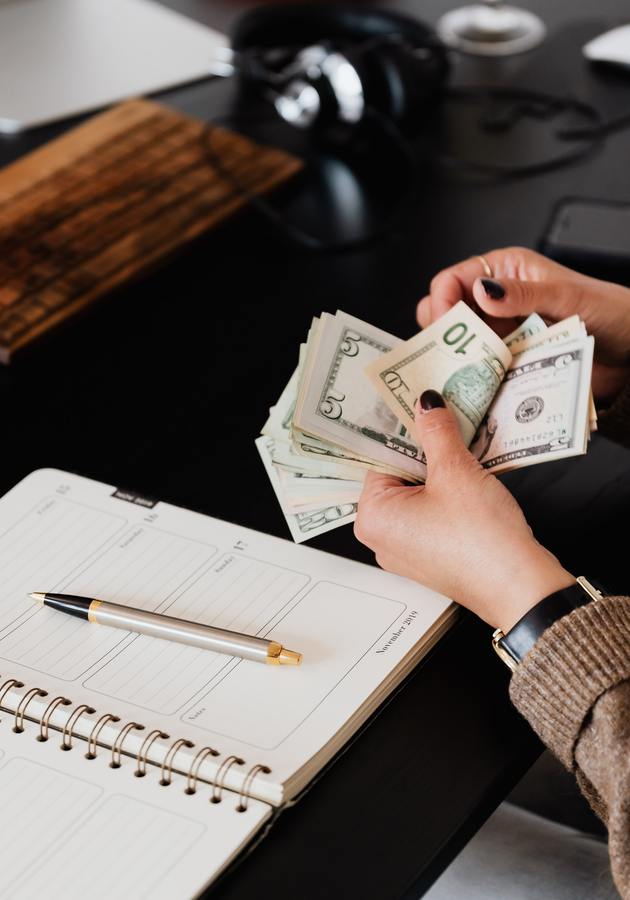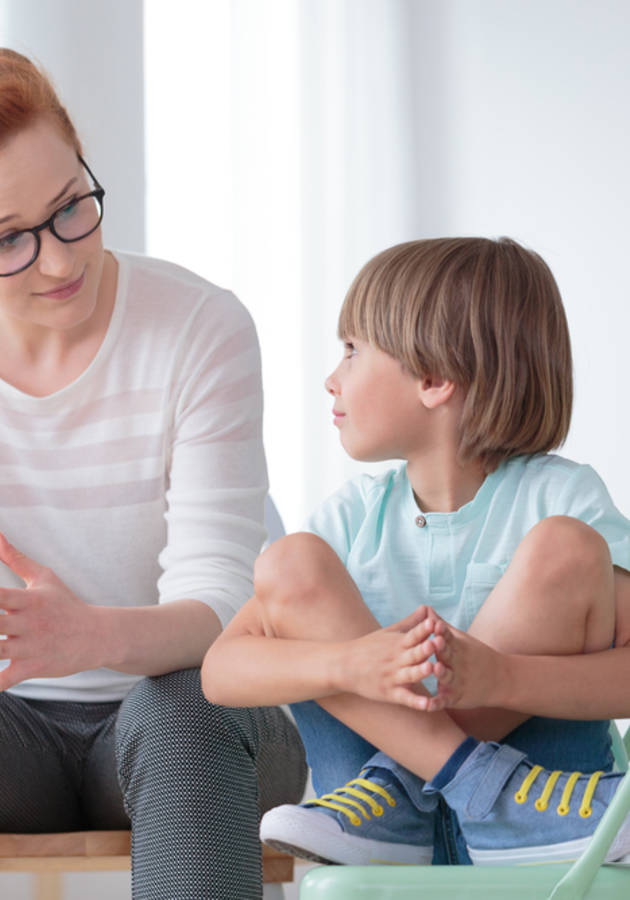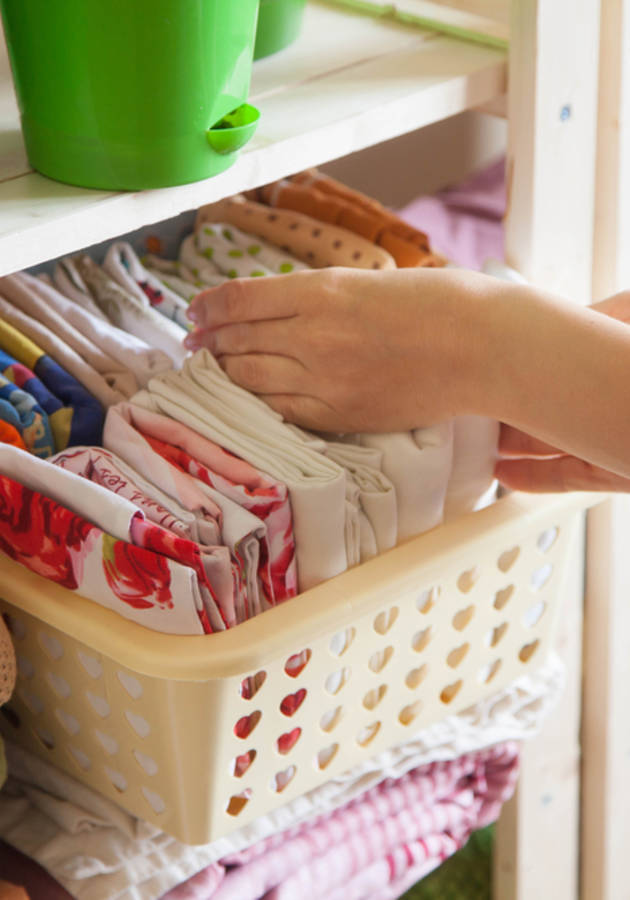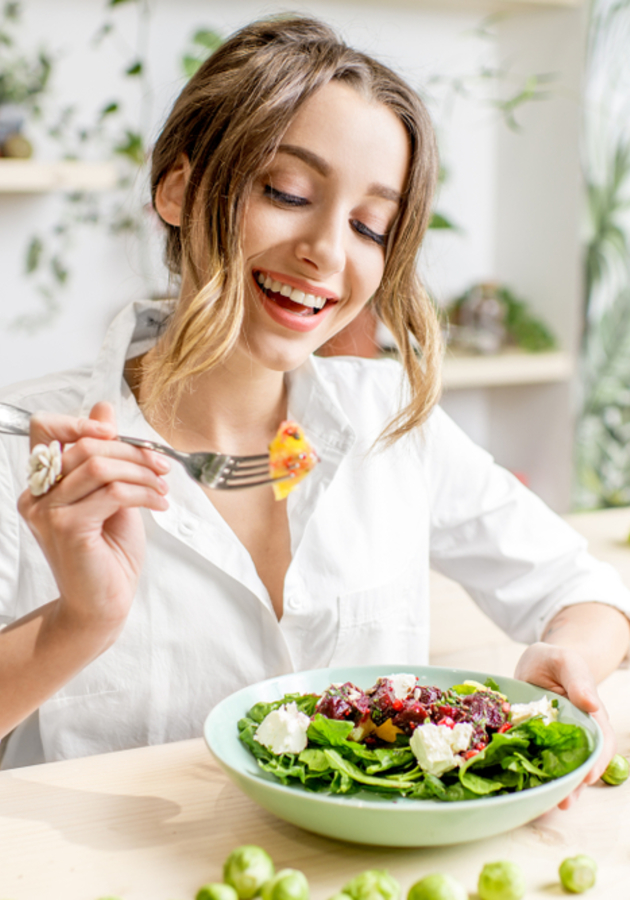Danes are the happiest nation in the world, according to the World Happiness Report. Why? One of the best people to provide the answer is Meik Wiking, the founder and the CEO of the Happiness Research Institute in Copenhagen, which explores the causes and effects of human happiness. There is a secret ingredient in the Danish recipe for a happy life, and ‘’The Little Book of Hygge’’ teaches you ways to create it. Get ready to learn how!
Happiness is all about hygge
The most important secret to a happy living in Denmark is hygge (pronounced hoo-ga). In order to explain what hygge is, let’s first illustrate one of the typical atmospheres and feelings associated with it.
Imagine a typical winter day in December. You spend a weekend with friends in a rustic cabin far from the city. After a few hours of hiking, you all gather around the fireplace, sipping mulled wine, wearing big sweaters and woolen socks, and listening to the sparks from the fireplace. You look through the window and see a landscape covered by a blanket of snow. You feel relaxed and peaceful.
So, what is hygge? The word itself originates from a Norwegian word that means well-being. However, in contemporary Danish, it has many meanings. ‘’Explaining exactly what it is, that’s the tricky part. Hygge has been called everything from ‘the art of creating intimacy,’ ‘coziness of the soul,’ and ‘the absence of annoyance,’ to ‘taking pleasure from the presence of soothing things,’ ‘cozy togetherness,’ and my personal favorite, ‘cocoa by candlelight’,‘’ writes Wiking. The word hygge is used both as an adjective and verb. If you say, ‘’What a hyggelig living room,‘’ or, ‘’It was so hyggeligt to see you!’’ Danes will know what you want to say. You can also use it to create new words such as hyggespreder (someone who spreads the hygge) or hyggesokker (woolen socks). Again, Danes will understand you perfectly.
Hygge is not just a word, it is more of a concept and, ‘’an integral part of the (Danish) DNA.’’ It is about being with people you love, enjoying a cup of coffee and a delicious cake, feeling comfortable and secure.
The good part is that anyone in the world can embrace hygge by following some simple steps. The first is to create happiness with hyggelig lighting.
Light the candles
‘’No recipe for hygge is complete without candles,’’ says Wiking. You can quickly feel hygge by lighting candles in the room. Danish people do it all the time, and not just at their house, but also in classrooms, offices, boardrooms. They are the happiest people in the world and the largest consumers of candles in Europe. Statistics say each Dane burns around thirteen pounds of candle wax each year. They do not generally use scented candles, but rather natural and organic ones, and light them almost every day during autumn and winter. Enjoying winter moments by candlelight is partly a survival strategy used to cope with the abundance of darkness in Denmark during these two seasons.
As always, exaggeration goes hand in hand with drawbacks, and in this case, it is air full of soot particles. But despite this fact, Danes continue to light candles everywhere. It’s not just about candles, it’s about lighting in general. For hygge, they do not use strong central lighting in the room, but warm, soft, and diffused. Danes will get extremely uncomfortable if you place them under a strong, fluorescent light tube. Wiking says, ‘’At first they will squint, trying to examine the torture device you have placed in the ceiling. Then, [...] observe how they move uncomfortably around in their chairs, compulsively scratching and trying to suppress twitches.’’
Apart from candles, Danes also like lamps, and they choose places for them carefully. ‘’Some of the most beautifully designed lamps in the world come from the golden age of Danish design – for example, the lamps of Poul Henningsen, Arne Jacobsen, and Verner Panton,’’ Wiking notes.
So, to create a feeling of coziness at your home, light the candles. Be careful to air out the room. Several small lamps will also do the job. Get a blanket, and sit comfortably with a cup of hot tea.
Cakes and pastries are hyggelig
‘’Hygge is about being kind to yourself – giving yourself a treat, and giving yourself, and each other, a break from the demands of healthy living.’’ Danes often treat themselves to cakes and pastries – don’t be surprised if you see a cake on the table at their offices. However, sweets are usually eaten at home or in cake shops. If you ever visit Copenhagen, you should visit La Glace, the oldest confectionary shop in Denmark, founded in 1870.
Hygge is not just about pleasing the sense of taste, it is also about getting your hands dirty by preparing food at home. Danes believe that the longer you cook it, the more satisfied you will be. It’s even better if you cook with your friends or family members. ‘’Preparing hygge food is about enjoying the slow process of it, about appreciating the time you spend and the joy of preparing something of value.’’
When it comes to drinks, Danes love drinking tea, mulled wine, hot chocolate, and coffee. In fact, 86% of Danes associate hot drinks, especially coffee, with hygge. Danes consume much more coffee compared to Americans, and they are the fourth biggest coffee drinkers in the world. The connection between coffee and happiness is evident in the Danish language – it has a special compound for it: kaffehygge. There is even a website dedicated to coffee lovers with a message, ‘’Live life today like there is no coffee tomorrow.’’
With all these ideas in mind, what would be the most hyggelig thing to do? To create a cooking club with your friends, of course! Meet with them once a month or even more often and make dinner together. It is much better than having one host who has to cater for all the other guests. You feel relaxed and proud of your meal at the end of the evening.
Hygge usually happens when you are with loved ones
Close your eyes and think of the last time you felt happy. Were you alone or with someone? It is likely that you were with others. Our social relationships are the best predictor of our happiness.
As mentioned, international surveys on happiness often rank Denmark at the top. Wiking, and others at the Happiness Research Institute, explored what factors contribute to high levels of happiness and found that genetics, relationships, health, income, career, a sense of purpose, and freedom all contribute to happiness. The state of Denmark provides free healthcare, free university education, and relatively generous unemployment benefits to its citizens. Furthermore, there is a high level of trust and freedom among Danish people. Yet, these are also present in other Nordic countries, which have relatively high levels of welfare. However, the factor that is essential for happiness is social contact. People are happier when they are together. As it encourages a special type of socializing, maybe the concept of hygge is what separates Denmark from Norway, Sweden, Finland, and Iceland.
Even though you can enjoy hygge by yourself, it usually happens when you are with close friends and family. Luckily, Danes have a good work-life balance, which allows them to spend more time with their loved ones. Naturally, this is not the only factor contributing to meaningful relationships. Being equal with others is an important element of hygge, and also a trait that is deeply rooted in the Danish culture. Equality manifests itself in taking part in the chores of the hyggelig evening, for example. In these moments, people talk about mutual memories and nobody takes the center of attention or dominates the conversation. The only thing that dominates is ‘’we’’ over ‘’me.’’
To conclude, warmth, good food, candles, fireplaces, small social gatherings are constant companions to hygge.
Cycling brings happiness
People around the world connect Denmark with Lego, Hans Christian Andersen, pastry, or the crime drama ‘’The Killing.’’ In addition to these, bicycles are a typical symbol of the Danish lifestyle. Danes love bikes and cycling. In Copenhagen, 45% of the population goes to work or university by bicycle. They are convenient to use, environmentally and wallet-friendly. Lastly, they make people happy.
In 2014 researchers at the University of East Anglia’s Norwich Medical School and the Center for Health Economics at the University of York conducted a study on nearly 18,000 adult commuters. They found that people who bike to work are happier than those who commute by other means of transportation. You could argue here whether cycling is a cause of their happiness, or something else. Researchers had this in mind and, therefore, analyzed the results further. They discovered that people who switched from using a car or bus to riding a bike became happier. Additionally, according to another study, everyday cycling adds three to 14 months to your life expectancy.
Bicycles are not just a transportation method. They can be ‘’movable fortresses of hygge,” especially if you own a cargo bike. They allow you to have one or two passengers, which is already enough for experiencing hygge. Some of them have a large box in front for transporting kids, pets, groceries, and, in colder weather - you guessed it - warm blankets, sweaters, and a thermos with hot coffee.
The story about bikes is good for mentioning two other aspects of hygge – simplicity and frugality. You have probably learned so far that hygge also means appreciating the simple pleasures with little money. Drinking tea by candlelight, eating homemade meals, and riding a bike are simple and cheap ideas for increased happiness.
Hygge is for every month of the year
Weather conditions in Denmark made autumn and winter the high season for hygge. Of course, this doesn’t stop you to hygge throughout the whole year. Here are some ideas on how to do it.
- January: Movie night. Watching a good movie and eating snacks with friends and family is a perfect way to relax and feel hygge.
- February: Ski trip. Go to the mountains with your loved ones. Appreciate the stunning landscape, go skiing, and remember – the magic happens in the cabin.
- March: Theme month. Choose your inspiration and organize a theme night at home. For example, you can watch a Spanish movie, make tapas or learn some Spanish words.
- April: Hiking and cooking over an open fire. Light a fire after hiking, and watch the food slowly cooking over it while sipping a hot drink.
- May: Weekend cabin. Spend a weekend with your friends at the cabin. Play board games and have a barbecue.
- June: Elderflower cordial and the summer solstice. Harvest elderflowers to make cordial and celebrate the beginning of summer over a bonfire.
- July: Summer picnic. Have a picnic in a park, and eat the food you and your friends prepared together.
- August: The Perseid meteor shower. Bring blankets for a night under the stars and watch the Perseid meteor shower happening in mid-August.
- September: Mushroom foraging. Collect mushrooms and prepare a meal with them (bear in mind that some of them are poisonous).
- Oktober: Chestnuts. Bring your kids or friends to chestnut hunting and then use them to make small figurines.
- November: Soup cook-off. Find a soup recipe you haven’t tried, and make it together with your friends.
- December: Gløgg and æbleskiver. Make gløg and æbleskiver (the Danish version of mulled wine and pancakes) and invite someone to enjoy them over candlelight.
Final Notes
‘’Wiking lays out the principles of hygge quite simply – and simplicity is at the heart of hygge,’’ writes Judith Newman in ‘’The New York Times’’ review of Wiking’s bestseller. Simplicity is the essence of a happy life, and ‘’The Little Book of Hygge’’ reminds us of that. More importantly, it gives us ‘’methods for planning and preserving happiness – and for getting a little bit of it every day.’’
12min Tip
Introduce hygge to your friends – invite them over to your place and make Danish pancakes together. Eating them while watching a Danish movie will make it a perfect hyggelig night.
